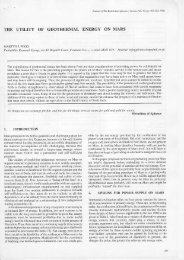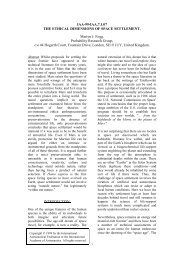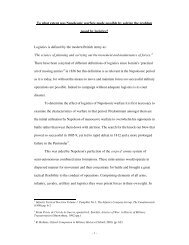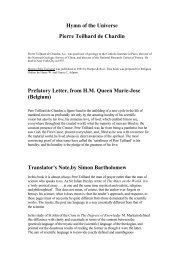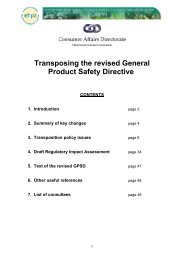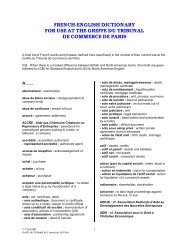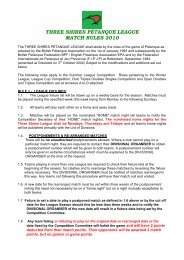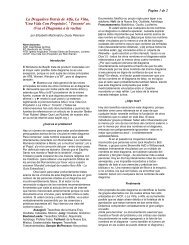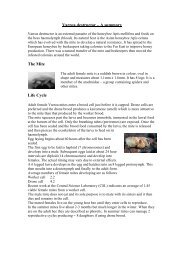Tibetan Herbal Medicine Core Curriculum [PDF]
Tibetan Herbal Medicine Core Curriculum [PDF]
Tibetan Herbal Medicine Core Curriculum [PDF]
You also want an ePaper? Increase the reach of your titles
YUMPU automatically turns print PDFs into web optimized ePapers that Google loves.
men bu'i nad Swelling of glands 67<br />
rligs rlugs Swelling of scrotum and testicles 68<br />
rkang 'bam Swelling of lower limbs 69<br />
mstan bar rdol Anal fistula (possibly) 70<br />
SECTION 9 CHILDREN'S DISEASES (PEDIATRICS)<br />
byis pa nyer spyod Child care 71<br />
byis nad Children's diseases 72<br />
byis pa'i gdon Disturbances in children caused by negative 73<br />
influences in their environment<br />
SECTION 10 WOMEN'S DISEASES (GYNEACOLOGY)<br />
mo nad spyi General disorders 74<br />
mo nad bye brag Specific disorders 75<br />
mo nad phal ba Common disorders 76<br />
SECTION 11 DISORDERS DUE TO "MALEVOLENT INFLUENCES”<br />
(NEUROLOGY AND PSYCHIATRY)<br />
This section presents a mixture of disorders : some that are mostly of a neurological<br />
nature, with or without some degree of mental illness, and some which correspond to<br />
various forms of mental illness. The person believed themselves to be under malevolent<br />
forces, as was often the case at the time (demons, elementals, etc..) Each chapter<br />
outlines specific physiological and behavioural symptoms, diagnosis and treatment. Every<br />
practitioner was exposed to Buddhist philosophy and psychology ;this clearly demarcates<br />
the view that perception depends on the observer and there is no “objective reality”.<br />
Instead the practitioner would have considered patients disturbed who insisted on seeing<br />
themselves to be under demonic or other malign influence (as is the case with paranoid<br />
patients in the modern world, although it may take on a modern tinge, for example<br />
having electric shocks sent through the body). These perceptions of demonic influences<br />
would have been consistent with local folk understanding. Patients exhibiting such<br />
thinking were seen to be the influence of negative emotional states on the mind (i.e. to<br />
poison the mind stream). Buddhism sees thought, emotions and biophysical aspects of<br />
the mind as inseparable. Emotions such as jealousy and rage were seen to unbalance<br />
and disturb the mind, at all levels be this thinking, feeling or indeed in its physical<br />
manifestation. From a Buddhist perspective such emotions arise from an ego centred<br />
approach to the world. Belief in an independent ego was seen as a conceptual<br />
misunderstanding, which was seen to underlie such negative emotional states of mind.<br />
The ego and its demand for gratification was described as the “ultimate demon”. Training<br />
practitioners of <strong>Tibetan</strong> <strong>Medicine</strong>, in Tibet, would have been exposed to such teachings.<br />
For example in commentary by Patrul Rinpoche, a famous meditation master of the XIX<br />
Century in Tibet:<br />
“ “The many spirits”means concepts,<br />
“the powerful spirit”means belief in a self.”<br />
Again Milarepa (1052-1135), one of the founding fathers of Buddhism in Tibet:<br />
“Take a demon as a demon and it will harm you;<br />
Annex I: Page 76


![Tibetan Herbal Medicine Core Curriculum [PDF]](https://img.yumpu.com/32594566/12/500x640/tibetan-herbal-medicine-core-curriculum-pdf.jpg)
